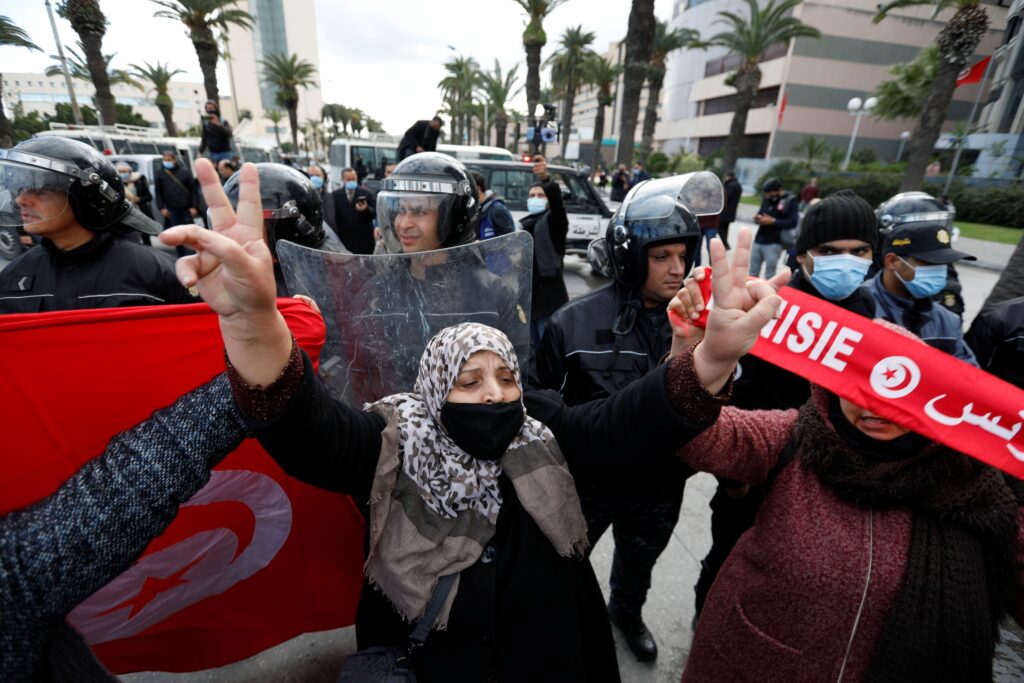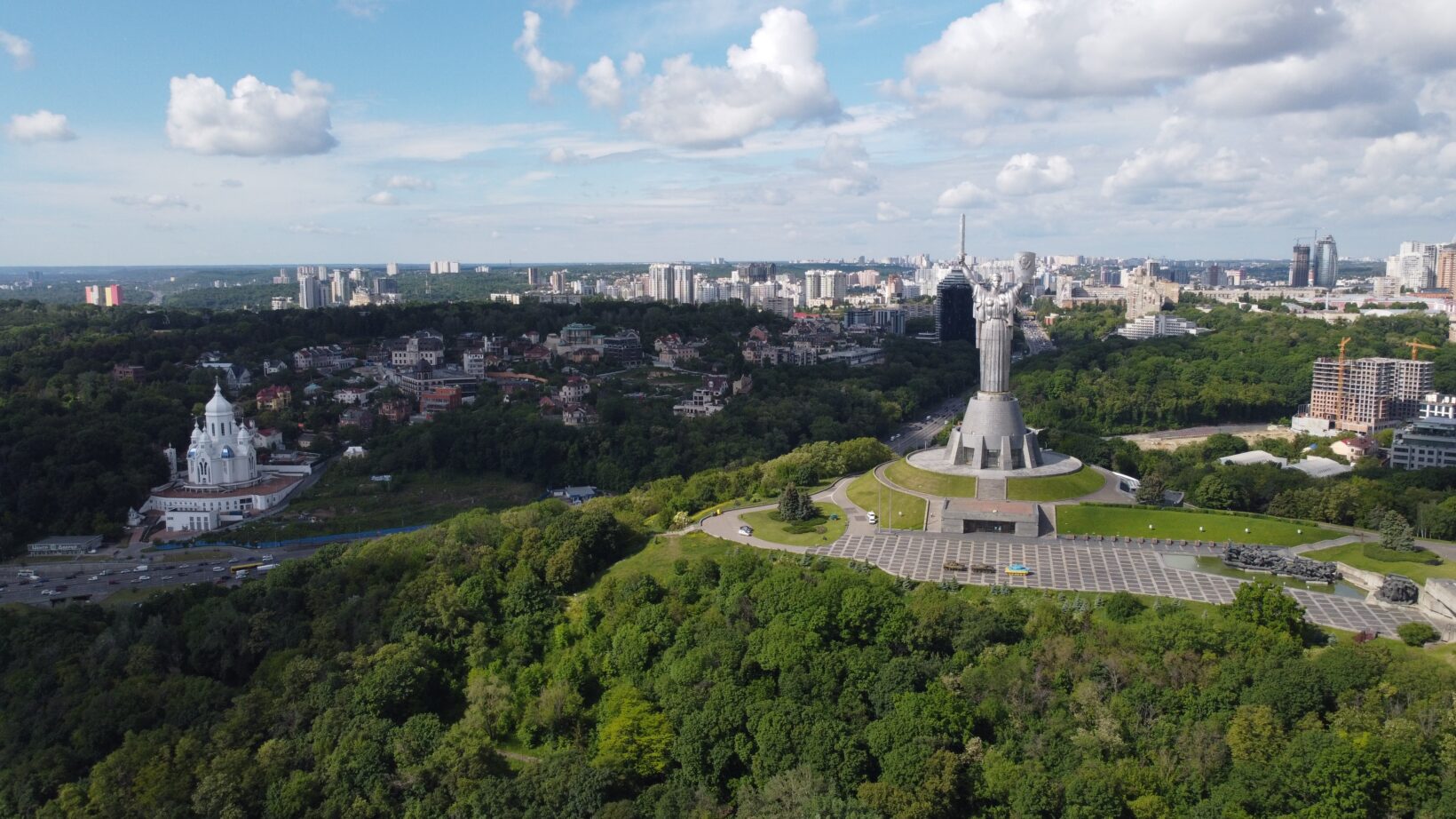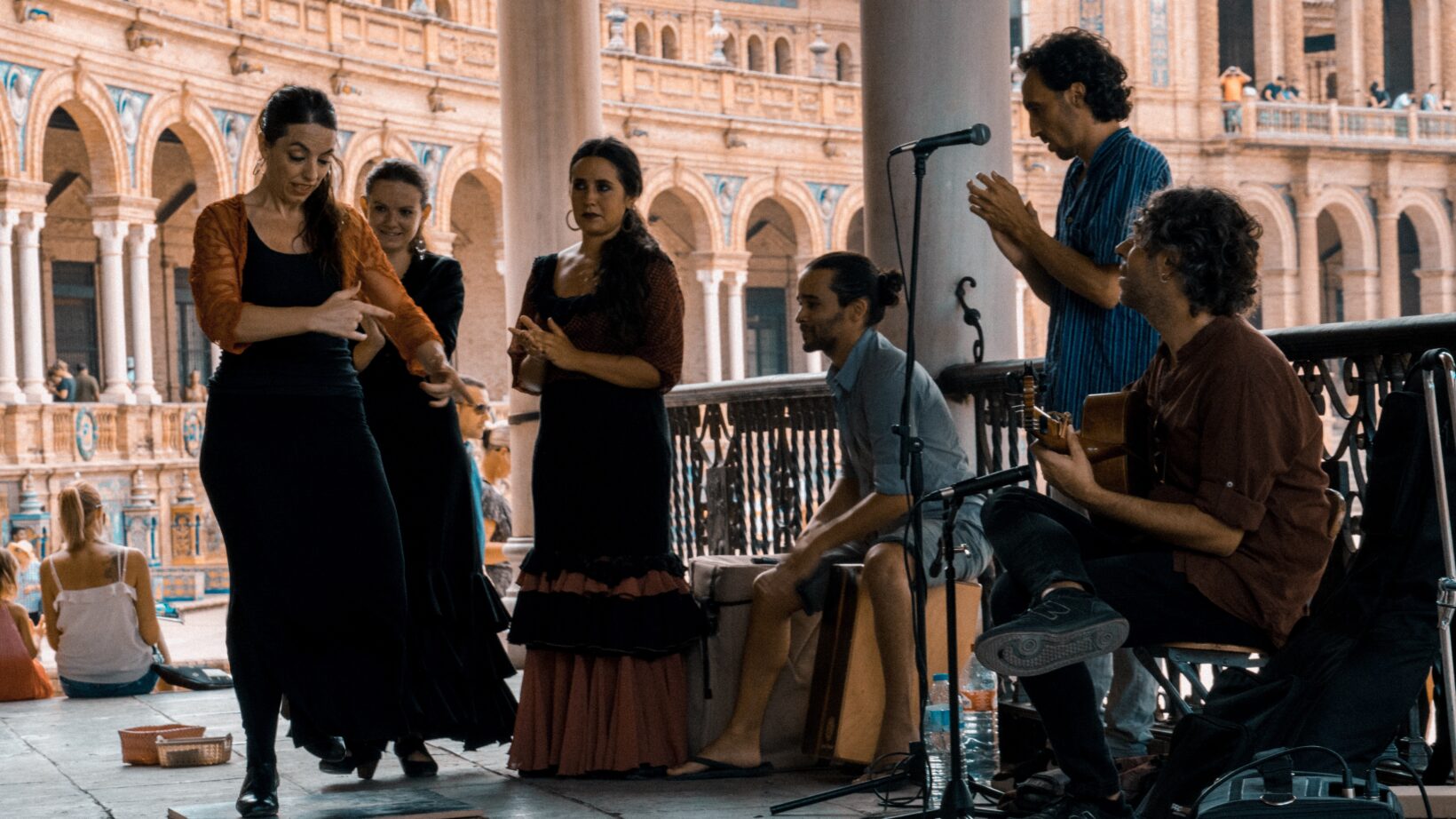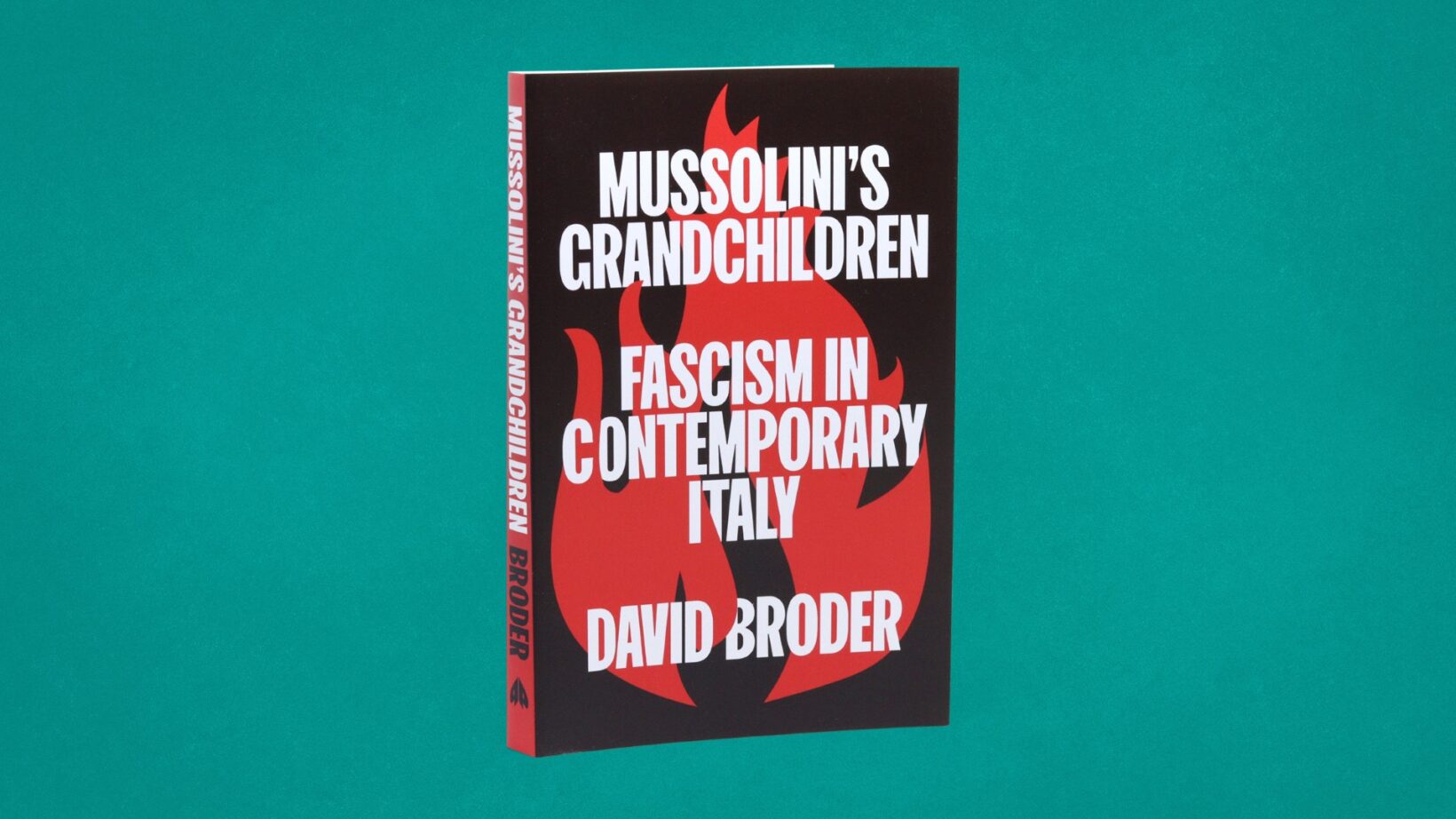What started as the most promising democratic experiment in the Arab World, is showing signs of reversing into populist strongman rule. What went wrong in Tunisia?

The central theme of Orwell’s Animal Farm is this: revolution begets revolution. A successful revolution could be defined in the following way: The removal of those currently in power, followed by the introduction and continuation thereafter of a fair, just, democratic society built on the foundational promises of the revolutionaries, that did not mutate into a counter-revolutionary dictatorship. A quick look at the historical record will show how few successful revolutions there have been. Unfortunately, the corollary is much more easily illustrated.
Perhaps the most memorable revolutions in recent history are those now filed under the heading of ‘Arab Springs’. From these anti-government movements – which saw a spectrum of activity across 18 countries, including full deposition of the ruling elites, long-term street demonstrations and minor protests across North Africa, the Gulf states and parts of the Middle East – only Tunisia has emerged as a constitutional democracy.
The 2011 revolution in the northernmost country in Africa, called the ‘Jasmine Revolution’, was a spike in the heart rate of an otherwise flatlined society. The shackles of a miserable, 23-year dictatorship under Zine El Abidine Ben Ali had finally been thrown off, and the people were ready to seize their freedom and choose their leaders. However, the flood of disruptive events that have taken place since the revolution, means that Tunisia is still in the midst of a leadership crisis today. A series of early inter-party and constitutional disputes, the assassination of two opposition leaders, and general voter dissatisfaction plunged the country into turmoil and uncertainty.
Following the revolution, in October 2011, the Islamist party Ennahdha won the most seats and formed a coalition with secular parties to draw up a new constitution. But relations between the Islamists and the secularists began to crack when issues of human rights, particularly those of women and homosexuals, were brought forth for conversation. Ennahdha finally ceded power when street protests broke out over the assassination of secular opposition leader Chokri Belaid. A crime that Ennahdha has since been accused of committing. In January 2014, parliament approved a new constitution which guaranteed personal freedoms and basic human rights for minorities, and divided power between the president and the prime minister. The elections held in December 2014 saw Beji Caid Essebsi of the secular Nidaa Tounes party become the first democratically elected president in Tunisia. The Ennahdha party again became part of the ruling coalition.
In addition to years of political instability, a barrage of terrorist attacks shook Tunisia in 2015, disrupting the country’s vital tourism industry. On the 18th of March 2015, two ISIS fighters took hostages at the Bardo Museum in Tunis, eventually killing 22 people and injuring around 50. Then, in June of the same year, a gunman killed 38 tourists at a beach resort in Sousse. These strikes were followed by a suicide bombing in November 2015 that killed 12 soldiers. Moreover, the economic woes that sparked the revolution – later greatly exacerbated by Covid-19 – were yet to be sufficiently addressed by any government that had held power since.
Between January and December of 2017, inflation rose from 3.8 percent to 6.4 percent, and by the end of that year, the Tunisian economy had reached a crisis point. The government adopted severe austerity measures in its 2018 budget, including an increase in the value-added tax, and in the price of basic goods such as food and gasoline. Simultaneously, Tunisian businessmen and corporates were benefitting from tax breaks. Several activists have pointed to a $2.8bn loan from the International Monetary Fund as being the main reason for the government’s 2018 austerity measures. The four-year loan, agreed upon in 2016, went ahead after the Tunisian government pledged to allow its central bank to act more independently, to restructure three public banks and adopt an equity-enhancing tax strategy. However, the Tunisian Observatory of Economy reported in August of 2017 that the IMF had been exerting constant pressure on the Tunisian Central Bank to devalue the dinar. Moreover, from Tunisia’s first loan agreement with the IMF in 2014, through to an IMF country review in July 2017, the Tunisian currency lost 49 percent of its value compared to the US dollar.
Shaken by intermittent tremors of protest and unrest throughout the past 11 years of economic hardship and political uncertainty, Tunisia’s most recent demonstrations are still ongoing. The latest civil outcry has its origins in President Kais Saied’s seizure of governing powers on July 25th 2021. The populist politician, voted into power in October 2019, was a relative outsider. By the time the 2019 vote came around, the youth of Tunisia were pretty disenfranchised by politics and politicians in their country. Traditionally important differences such as religious versus secularist, right-wing versus left-wing, progressive versus conservative seemed to lose significance. Young people were simply tired of political infighting when the economy was clearly the most important issue. Which led many commentators to believe that it was precisely Mr. Saied’s lack of political experience that gained him such popularity, and how as a law professor, without a party or much funding, he was able to galvanise large numbers of young voters across the country. But Tunisians have suffered more than most since Covid-19 struck in 2020, the country now having reported 26,000 deaths since the pandemic began. And what’s more, the eruption of the virus sank the economy to further depths. It was the government’s perceived inability to handle these issues that sparked violent protests across several Tunisian cities in July last year, leading President Kais Saied to dismiss Prime Minster Hichem Mechichi, suspend parliament, seize governing powers and make plans to amend the constitution. Measures that were fortified by presidential decree in September 2021.
Now, protests are gripping Tunisia again as activists, lawyers, lawmakers, civil society organisations and the country’s main political parties – including Ennahdha, who were the largest in parliament – oppose the president’s monopoly of power. The protests were arranged by the Citizens Against the Coup initiative, which includes members of the Ennahdha party as well as politicians and human rights activists. The group, along with other organisations, are calling for an end to the emergency measures and a return to democracy. They have also demanded a defence of the constitution, the resumption of parliamentary work, protection of rights and freedoms and setting a date for legislative and presidential elections. The long-awaited roadmap released by Saied last month involves an online public consultation between January and March, a constitutional referendum, to take place on July 25, and parliamentary elections in December of this year.
Thus far no major crackdown on free speech or the right to assembly has been ordered by the president, but there have been hints of a more aggressive approach, including the detention of an opposition member and rigid policing at protests. It seems Tunisia, though unfortunate in some external circumstances, is still struggling to adjust to post-revolution life.
Matthew is a freelance journalist and essayist principally concerned with the ongoing human rights abuses in Eritrea. He works with members of the Eritrean diaspora, resistance movements inside and outside the country, and Eritrean media outlets such as Radio Erena with the aim to amplify Eritrean voices, and bring attention to their cause. He is interested in the broader topic of global affairs, enjoys social realism, particularly the novels of George Orwell, and tries to travel as often as possible.





